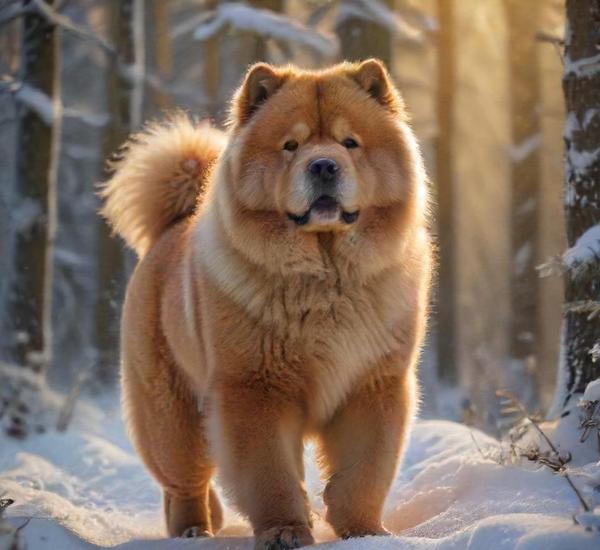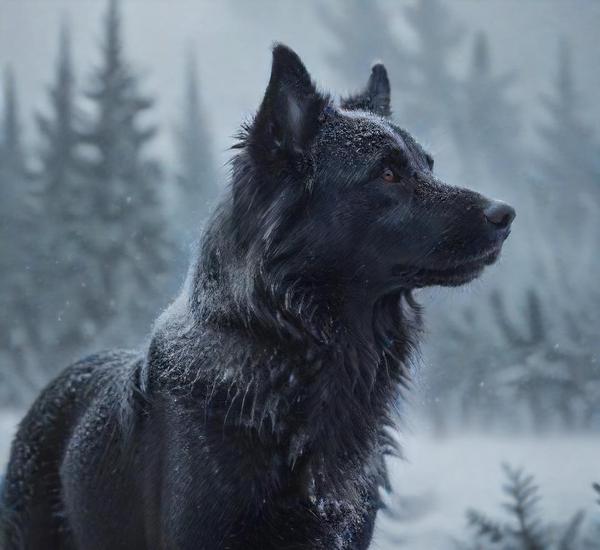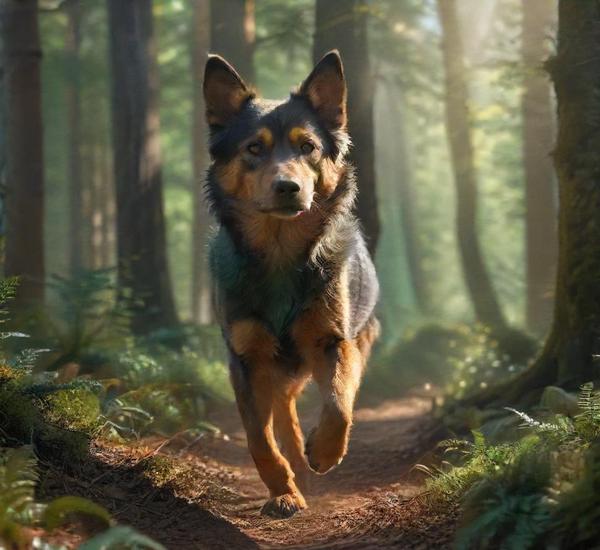The Chow Chow is a breed like no other, instantly recognizable by its distinctive lion-like mane and striking blue-black tongue. Originating from ancient China, this …

Happy Paws: All About Dogs

The Chow Chow is a breed like no other, instantly recognizable by its distinctive lion-like mane and striking blue-black tongue. Originating from ancient China, this …

Nestled in the remote and rugged expanse of Russia’s Far East, Chukotka stands as a land of breathtaking beauty and harsh extremes, where the ancient …

The Kai Ken, often called the Tiger Dog for its striking brindle coat, is a distinctive and rare breed hailing from Japan. Known for its …